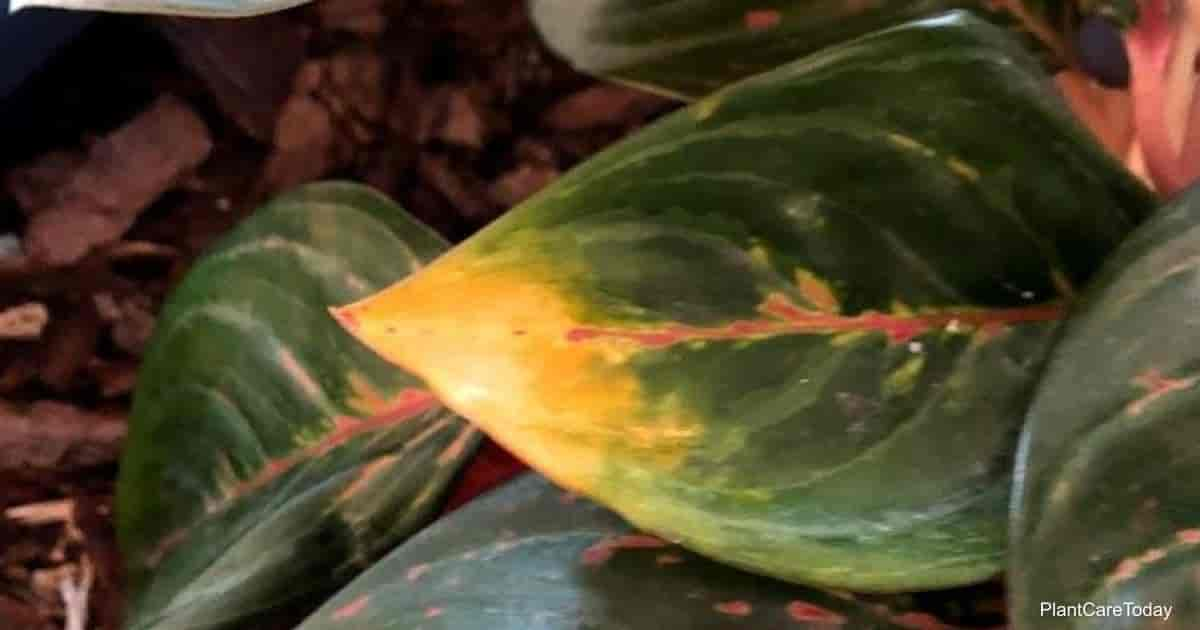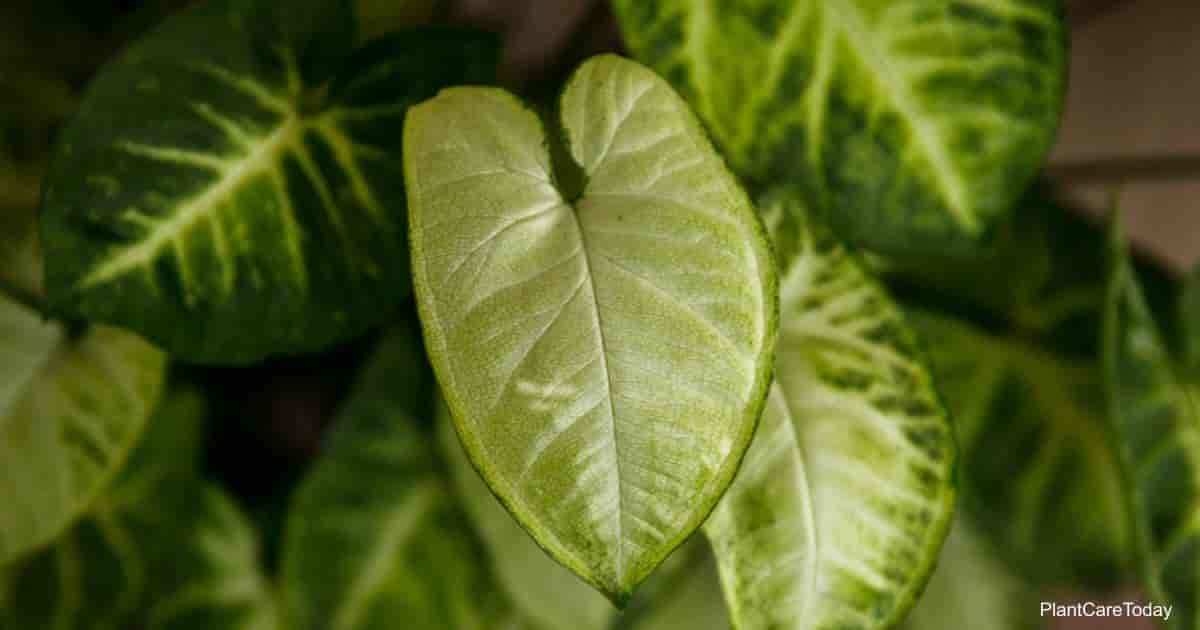There is a long history of gardeners soaking seeds before planting, but many new gardeners aren’t aware that this trick can decrease the germination time.
Soaking seeds before planting can be beneficial if you want to get your garden growing during peak planting time.
Why Should You Soak Your Seeds Before Planting?
Seeds are meant to grow out in the wild, where they go through extreme weather involving rain and snow, heat and cold. Since the seeds you plant in your garden are comparatively well-protected, soaking them helps break down the tough exterior cultivated for life out in the elements.
How Moisture Helps Your Seeds
Moisture gives seeds the sign that they are in ideal conditions to start growing. Soaking your seeds before planting helps them realize that they can grow, reducing germination time.
If you only have a small window to plant a seed so it can grow in optimal conditions, soaking it will ensure you can plant it quickly. Soaking seeds doesn’t take long, but it prepares the seed to start growing as soon as you plant it in soil. You may also be able to revive dormant seeds with soaking, among other methods.
Soaking your seeds before planting can help if you have sandy or thick clay soil. Sandy soil drains quickly, so it can take a long time for seeds to get enough moisture to germinate. Clay soil can stay too wet, which might cause seeds to rot before they can germinate and grow.
Related: Epsom Salt As A Seed Germination Booster
What Seeds Can Be Soaked?
Soaking isn’t harmful to seeds, and you can soak any type, whether flower or vegetable (and others). However, some seeds don’t require this step. Small seeds like lettuce, carrots, and radishes don’t typically benefit from extra moisture in the early stages.
Big seeds with hard coats benefit the most from soaking. This includes varieties like beans, peas, corn, and squash. Sunflower, sweet pea, and nasturtium seeds do well with soaking before planting.
How to Soak Your Seeds
Soaking seeds is simple because all you need is water. Some seeds can be soaked in solutions with low acidity to speed up the process even more. These slightly acidic solutions can be weak liquids like tea or coffee, so you can DIY at home.
Soaking Step 1: Use Hot Water
Fill a small bowl with the hottest water that comes out of your tap. You might be tempted to boil water to get it incredibly hot, but some seeds can’t handle that temperature and might get cooked. Hot tap water is safe for all seeds, so it’s the best choice for soaking your seeds.
Soaking Step 2: Let Seeds Sit
Put the seeds in the bowl of hot water and let them stay there without disruption as the water cools. You should only soak your seeds for 12 to 24 hours before planting them. Some seeds can be soaked for 48 hours, but you shouldn’t let them soak longer than that. You can over soak seeds, so aim for 12 to 24 hours unless the seed packet advises differently.
Soaking Step 3: Prep for Planting
After your seeds have soaked, you can plant them as the instructions direct. Soaking seeds does not change how you need to plant your seeds; it only affects the germination time. Soaking seeds also doesn’t change how you need to water your plants. You should still water your seeds after planting them; any excess water will drain through the soil.
If you’re preparing seeds to plant after the last frost, use a cold water method to mimic melting snow. Fill a small jar with cold water and drop the seeds in. Change the water daily so it stays clean and cool. You can keep them soaking for two weeks until the winter ground has thawed enough for planting.
Related: Growing Coleus From Seed
Tips for Seed Soaking
After you try soaking seeds, you’ll get a better feel for water temperature and soaking length. Try these tips for the most effective soaking session:
- If you’re going to plant large seeds, consider attempting scarification before you soak. Scarification is a way of slightly damaging the seed’s shell so the water can penetrate the shell easily. You can do this by nicking the seed’s shell with a knife, rubbing it lightly with fine grain sandpaper or nail file, or gently tapping it with a hammer until the shell cracks slightly.
- Many gardeners recommend soaking seeds in hot water at night, then waking to plant the seeds in the morning. This way, the seeds get the benefit of soaking, then jump into the soil and immediately get a day of sun.
- Be sure you check the forecast before soaking seeds. If you soak seeds and wake to a rainy day, you likely can’t plant them. Plant the seeds right after you retrieve them from the water; if you hang on to them, they might get damaged.
Credit : Gary Antosh (https://plantcaretoday.com/soaking-seeds-before-planting.html)





